What can be planted in the garden after radishes
Every gardener wants to harvest as much of the harvest as possible and dreams of healthy, beautiful and tasty fruits growing on the beds. However, this is not always possible to realize, especially in the case of a small area of the site. Therefore, for the most effective use of the useful area of the garden, some summer residents grow two crops at once on the garden bed. Thus, they get more harvest.
This method is available not only for the southern, but also for the northern regions. It is only important to follow the planting rules and know which crops are allowed to be planted one after another.
Rules for alternating crops in the beds
For summer residents, especially for beginners, it is important to know the rules for alternating landings.
- The culture can be planted in the garden where it grew before, but not earlier than after three to four years. There are some exceptions to this rule: for example, potatoes, strawberries, beans and tomatoes can be planted in the same place for several years in a row.
- It is necessary to adhere to the principle of fruit change. This means that the plant planted in the bed prepares the soil for subsequent crops. If a culture with a shallow root system was first planted in a certain place, then after it it is advisable to plant those plants that have a deep root system.
- Experts advise against planting crops that require early planting after plants that have been harvested late. So, for example, parsley, cabbage and carrots should be in the ground before the onset of stable frosts. During the winter, the soil may not have time to restore its potential.
- It is necessary to prevent soil depletion by planted crops. Before planting, it is worth clarifying what nutrients the plant requires. In other words, it is worth alternating the roots and tops. For example, after tomatoes or cabbage, you can plant carrots or potatoes in the soil.
- It is recommended to alternate plants in the garden depending on their ability to resist weeds.
- If the crop that was previously in the garden was affected by pests or various diseases, then after it it is worth planting those plants that are resistant to these adverse influences. For example, related plants are susceptible to the same diseases.
- It will be advisable to divide the plot into 2 halves with the cultivation of vegetables on one part that need manure fertilization, and on the other half - plants that do not need manure. With the help of such a division, it becomes possible to plant different plants on the site every year.
- It is recommended to include legumes in the rotation, as these crops enrich the soil with nitrogen.
What to plant before, after and with radish
Radishes can be planted in the garden bed after zucchini, cucumbers, squash. This vegetable goes well with the following plantings:
- legumes;
- grapes;
- strawberries;
- White cabbage;
- potato;
- onion.
If you plant lettuce and radish together, then the first culture will scare away the earthen flea from the second. You can plant radishes between beans (bush). In this case, the first crop will delight gardeners with a tasty and large harvest. A similar effect can be achieved by planting radishes with nasturtium and watercress.
There are times when you have to uproot raspberries, currants or frozen apple trees in July-August. In this case, the freed space can also be occupied by radishes.
After an early radish planted in the garden in early spring, you can plant cabbage, tomatoes, zucchini, potatoes and salad.
Advice
There is an interesting planting method. Since radishes are a great crop to grow with cucumbers, there is one practical way to do it. It is necessary to allocate free space for planting. Plant cucumbers in the middle, and radishes on the sides. It is worth planting in May - early June. At the end of the first summer month, the radish harvest will already be harvested, and the free space will be occupied by growing cucumber lashes.
Terms and rules for planting radish, pest protection
In order to plan the alternation of radish and another crop, it is important to know the timing of planting.
Radish seeds are capable of germinating at air temperatures of -1 degrees Celsius. The optimal temperature regime for growing this vegetable is from +15 to +18 degrees. When exposed to high temperatures and the lack of necessary lighting, the radish root crop will coarse, and its tops, on the contrary, will increase the intensity of the green mass growth.
In order to ensure the possibility of growing crops in the garden after radish, it is recommended to sow its seeds in early spring. It is optimal to do this as soon as the beds in the garden have thawed to a depth of 4 cm.
If, after the radish, it is not planned to place other crops on the same bed, then the spreading of seeds can be repeated every 2 weeks. In summer, in June, radishes are able to emerge after 3 weeks from the time of sowing. In June and July, radish crops can be harmed by a cruciferous flea. The constant maintenance of the soil in a moist state can contribute to a decrease in the number of these pests.
Advice
When planting, radish seeds should be planted 2 cm deep in the ground.
To alternate radish with other crops, you need to know the diseases and pests to which it is susceptible:
In the fight against radish pests, folk remedies can help. It is important to avoid planting after radish plants that are also susceptible to these pests and diseases.
Soil rotation
If it is supposed to alternate planting in the garden area, then the correct soil rotation should be carried out. So, the soil on which the nightshade crops grew should be provided for berry bushes or fruit trees. The soil on which the onions, radishes, pumpkin, cabbage were planted should be applied under the nightshade. Add overripe compost to radishes, cabbage, onions and pumpkin seeds.
Tillage must be organized in greenhouses as well. The soil on which the tomatoes grew should be removed with a layer thickness of 15 cm and applied under the flowers. Tomatoes can be planted in place of cucumbers by pre-treating the garden with compost.
The widespread movement of soil on the site is recommended to be carried out at least once every 3-4 years. This is an important component of a future high-quality crop, with which you can achieve greater germination.
Outcome
Gardeners who want a big harvest swap their beds and know which crops can be grown in one season in the same garden. With the alternation of crops, not only does the yield increase, but the plants also receive better protection against a variety of pests and diseases.
A culture that prefers certain minerals will feel uncomfortable if its predecessor also needed these same ingredients. For example, the smell and taste of radishes are dependent on the presence of glucosinolates. These are compounds that contain sulfur. Therefore, on the garden bed where the radish grows, a decrease in sulfur is constantly observed. Therefore, it is necessary to apply fertilizers to the soil that contain this element. In addition, almost any crop releases substances into the soil that can inhibit the growth of the same crop, which can lead to a decrease in yield.
It is also important to minimize the possibility of contamination of plants with pathogenic bacteria and larvae left in the soil by their predecessor. The same is the case with radishes. If you plant a turnip on the same bed before or after it, then both plants are in danger of getting sick with a keel. Knowing the simple rules of crop rotation, you can get an excellent harvest.

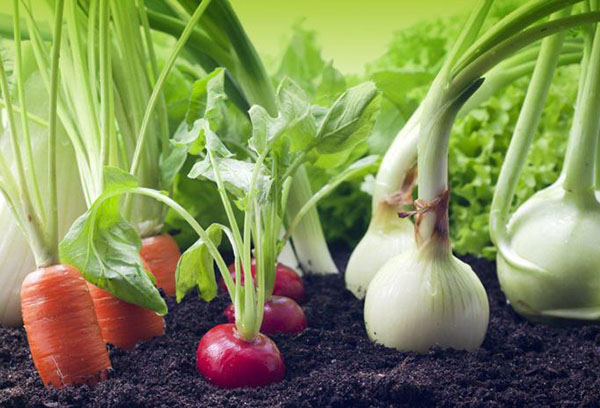

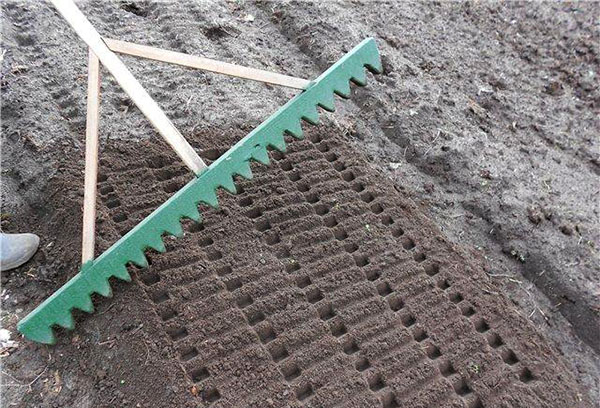


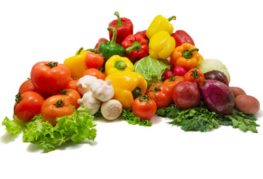
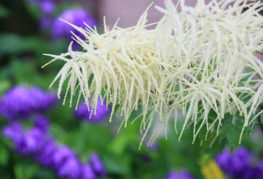
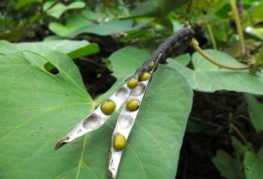
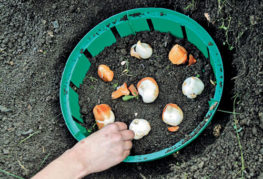

and will be published shortly.